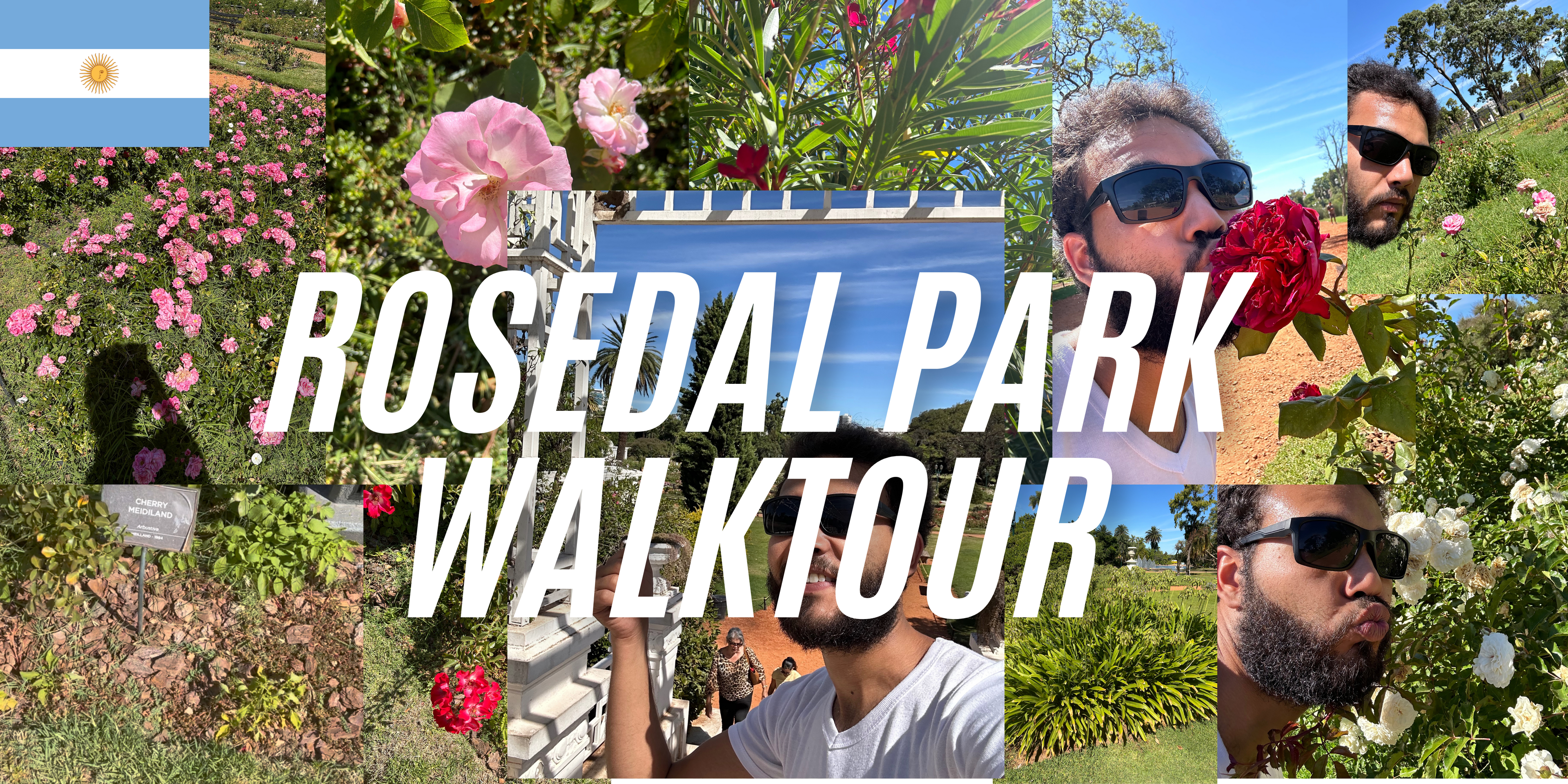The Merlin Group World on Nostr: Herbs in Rosedal Park in Buenos Aires, Argentina: 1. Ditch Lily PFAF: 2/5 ...
Herbs in Rosedal Park in Buenos Aires, Argentina:
1. Ditch Lily
PFAF: 2/5
Description:
Diuretic, febrifuge, laxative (mild)[62, 178, 205]. The flowers are anodyne, antiemetic, antispasmodic, depurative, febrifuge and sedative[218]. In China they are used as an anodyne for women in childbirth[240]. An extract of the flowers is used as a blood purifier[240]. The rhizome has shown antimicrobial acivity, it is also tuberculostatic and has an action against the parasitic worms that cause filariasis[279]. It is used in Korea to treat oppilation, jaundice, constipation and pneumonia[279]. The juice of the roots is an effective antidote in cases of arsenic poisoning[205]. The root also has a folk history of use in the treatment of cancer - extracts from the roots have shown antitumour activity[218]. A tea made from the boiled roots is used as a diuretic[205, 218].
2. China Rose
PFAF: 2/5
Description: The flowers, and to a lesser degree the roots and leaves, are anodyne, emmenagogue and used in the treatment of women's complaints[147]. They regulate menstruation and stimulate blood circulation[147]. The leaves, fruits and roots are decocted and used in the treatment of arthritis, boils, coughs etc[218]. The fruit is applied to sprains, ulcers and wounds[218]. The flower buds are used in the treatment of dysmenorrhoea, poor circulation, stomach pains and swellings[218]. The fruit of many members of this genus is a very rich source of vitamins and minerals, especially in vitamins A, C and E, flavanoids and other bio-active compounds. It is also a fairly good source of essential fatty acids, which is fairly unusual for a fruit. It is being investigated as a food that is capable of reducing the incidence of cancer and also as a means of halting or reversing the growth of cancers[214].
3. Black Willow
PFAF: 3/5
Description: The bark is anodyne, anti-inflammatory, antiperiodic, antiseptic, astringent, diaphoretic, diuretic, febrifuge, hypnotic, sedative, tonic[4, 7, 9, 21, 165]. It has been used in the treatment of gonorrhoea, ovarian pains and nocturnal emissions[4]. The bark of this species is used interchangeably with S. alba. It is taken internally in the treatment of rheumatism, arthritis, gout, inflammatory stages of auto-immune diseases, diarrhoea, dysentery, feverish illnesses, neuralgia and headache[238]. The bark can be used as a poultice on cuts, wounds, sprains, bruises, swellings etc[257]. The bark is removed during the summer and dried for later use[238]. The leaves are used internally in the treatment of minor feverish illnesses and colic[238]. The leaves can be harvested throughout the growing season and are used fresh or dried[238]. The fresh bark contains salicin, which probably decomposes into salicylic acid (closely related to aspirin) in the human body[213]. This is used as an anodyne and febrifuge[213] and as an ingredient of spring tonics[229].
#health #grownostr #damus #travel #argentina
1. Ditch Lily
PFAF: 2/5
Description:
Diuretic, febrifuge, laxative (mild)[62, 178, 205]. The flowers are anodyne, antiemetic, antispasmodic, depurative, febrifuge and sedative[218]. In China they are used as an anodyne for women in childbirth[240]. An extract of the flowers is used as a blood purifier[240]. The rhizome has shown antimicrobial acivity, it is also tuberculostatic and has an action against the parasitic worms that cause filariasis[279]. It is used in Korea to treat oppilation, jaundice, constipation and pneumonia[279]. The juice of the roots is an effective antidote in cases of arsenic poisoning[205]. The root also has a folk history of use in the treatment of cancer - extracts from the roots have shown antitumour activity[218]. A tea made from the boiled roots is used as a diuretic[205, 218].
2. China Rose
PFAF: 2/5
Description: The flowers, and to a lesser degree the roots and leaves, are anodyne, emmenagogue and used in the treatment of women's complaints[147]. They regulate menstruation and stimulate blood circulation[147]. The leaves, fruits and roots are decocted and used in the treatment of arthritis, boils, coughs etc[218]. The fruit is applied to sprains, ulcers and wounds[218]. The flower buds are used in the treatment of dysmenorrhoea, poor circulation, stomach pains and swellings[218]. The fruit of many members of this genus is a very rich source of vitamins and minerals, especially in vitamins A, C and E, flavanoids and other bio-active compounds. It is also a fairly good source of essential fatty acids, which is fairly unusual for a fruit. It is being investigated as a food that is capable of reducing the incidence of cancer and also as a means of halting or reversing the growth of cancers[214].
3. Black Willow
PFAF: 3/5
Description: The bark is anodyne, anti-inflammatory, antiperiodic, antiseptic, astringent, diaphoretic, diuretic, febrifuge, hypnotic, sedative, tonic[4, 7, 9, 21, 165]. It has been used in the treatment of gonorrhoea, ovarian pains and nocturnal emissions[4]. The bark of this species is used interchangeably with S. alba. It is taken internally in the treatment of rheumatism, arthritis, gout, inflammatory stages of auto-immune diseases, diarrhoea, dysentery, feverish illnesses, neuralgia and headache[238]. The bark can be used as a poultice on cuts, wounds, sprains, bruises, swellings etc[257]. The bark is removed during the summer and dried for later use[238]. The leaves are used internally in the treatment of minor feverish illnesses and colic[238]. The leaves can be harvested throughout the growing season and are used fresh or dried[238]. The fresh bark contains salicin, which probably decomposes into salicylic acid (closely related to aspirin) in the human body[213]. This is used as an anodyne and febrifuge[213] and as an ingredient of spring tonics[229].
#health #grownostr #damus #travel #argentina

